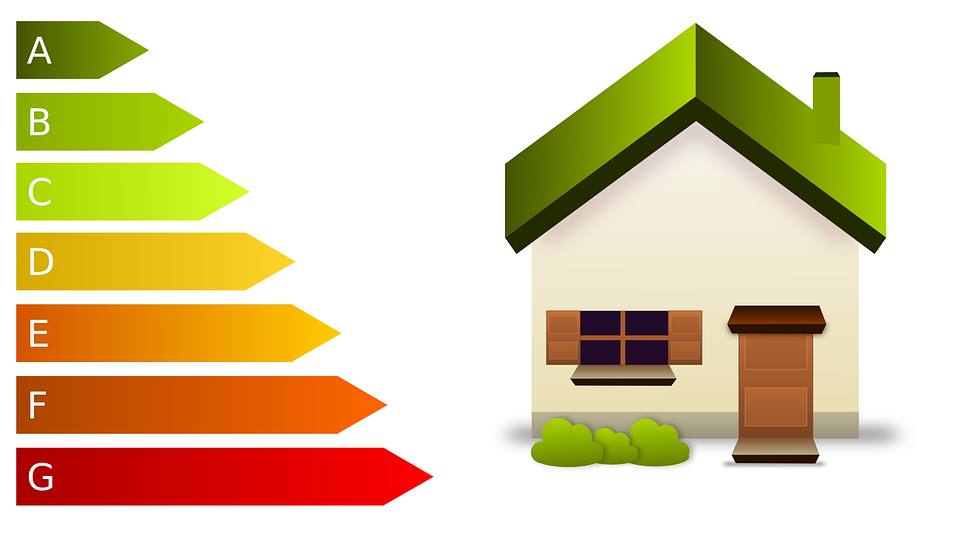 Every boiler in the UK has a rating from A to G. You may have heard people talking about boilers having good or poor efficiency ratings. Well, this is where boiler ratings come in.
Every boiler in the UK has a rating from A to G. You may have heard people talking about boilers having good or poor efficiency ratings. Well, this is where boiler ratings come in.
But how do they work? And do you know what rating your boiler should have?
Here’s a quick rundown of everything you need to know…
UK boiler ratings – explained
Boiler ratings are a government initiative that came into force in the late 90s. The rating system was introduced alongside EU energy efficiency guidelines, with the aim of reducing household emissions. The goal is to eventually phase out inefficient boilers in UK homes completely.
The SEDBUK scale
SEDBUK stands for Seasonal Efficiency of Domestic Boilers in the UK and is the scale used to rate all boilers. It was developed by boiler manufacturers alongside the government as a way of fairly comparing the energy efficiency of different models across the board.
The rating is from A to G, with A being the highest performing boiler and G the lowest. SEDBUK testing is based on the principle that a more efficient boiler will produce less emissions and use less fuel for the energy it gives out.
How much does this actually impact my energy bills?
Well, this all depends on how much you use your central heating. But as an estimate, a good boiler (A-rated) should waste less than 10% of the energy it uses. Whereas a G-rated boiler can waste more than 30%, equating to a loss of £30 for every £100 energy bill you receive. It adds up, right?
The efficiency ratings are as follows:
- A – 90% and above
- B – 86-90%
- C – 82-86%
- D – 78-82%
- E – 74-78%
- F – 70-74%
- G – below 70%
How can I find out my boiler rating?
Many boilers will have the rating displayed on a sticker on the outside casing or it’ll be listed within the registration documentation. If your boiler doesn’t have either of these things, try searching the model and estimated year of production online. Failing that, an engineer will be able to tell you.
Should I be concerned?
Since 2010, it’s been a legal requirement that every domestic boiler installed in the UK has to be at least A or B rated, so if you’ve had a boiler installed in the last eight years you should be fine. However, if you have an old boiler it may well be rated lower.
Although having a low-rated boiler is safe and your central heating still does the job, it means that you’ll be using more energy each month – and spending more in the process!
What should I do?
Well, if you have an old boiler that’s rated C to G, you have two options. You can:
- Do nothing and be aware that your monthly bills will be slightly higher than average. Soon enough, your boiler will run its course and you can upgrade it.
- Cut your losses and upgrade to a new, energy efficient model. A short survey with an engineer will confirm whether your boiler is, in fact, performing poorly and tell you how much a replacement would be.
We hope we’ve covered everything you might need to know about boiler ratings in this piece, but if not, please don’t hesitate to ask.
Do you need a boiler survey? Arrange one today by contacting our friendly customer care team on 0800 980 6018 or by booking an appointment below.






